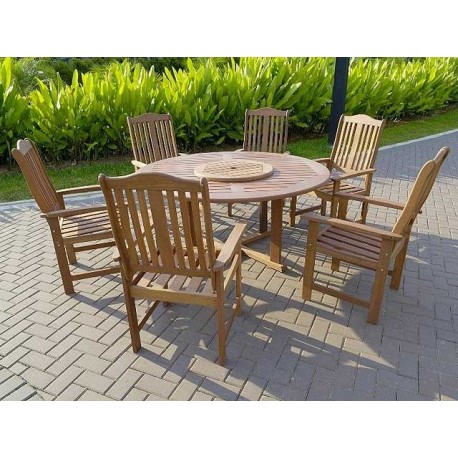Malaysian White Meranti
Elegance of the Malaysian Meranti Wood, which we offer, is acclaimed by the clients all over the world. Giving a magnificent blend of beauty, strength and durability, this Malaysian Meranti Wood is priced at competitive rates. The natural appearance as well as the complex designs makes this Malaysian Meranti Wood the best for interiors.
Data sheet
| Hardness | Moderately Hard |
| Common Name(s) | White Meranti, Lauan, Philippine Mahogany |
| Scientific Name | Shorea spp. |
| Tree Size | 130-200 ft (40-60 m) tall, 3-5 ft (1-1.5 m) trunk diameter |
| Specific Gravity (Basic, 12% MC) | .48, .59 |
| Janka Hardness | 1,050 lbf (4,670 N) |
| Modulus of Rupture | 12,800 lbf/in2 (80.2 MPa) |
| Elastic Modulus | 1,485,000 lbf/in2 (10.24 GPa) |
| Crushing Strength | 6,850 lbf/in2 (47.3 MPa) |
| Radial Shrinkage | 3.3% |
| Tangential Shrinkage | 6.9% |
| Volumetric Shrinkage | 8.9% |
| T/R Ratio | 2.1 |
| Color/Appearance | Heartwood is a pale yellowish-orange when freshly cut, aging to a golden yellow-brown. |
| Grain/Texture | Has a coarse texture with medium to large pores. Grain is sometimes interlocked. Contains a high level of silica: over .5% of dried weight. |
| Rot Resistance | Varies between species, though usually reported as being non-durable in regard to decay resistance, and also susceptible to insect attack. |
| Workability | White Meranti is in and of itself easy to work, but it has a very severe blunting effect on tools due to its high silica content, so carbide-tipped cutters are recommended. |
| Odor | No characteristic odor. |
| Allergies/Toxicity | Although severe reactions are quite uncommon, Meranti in the Shorea genus has been reported to cause eye, throat, and skin irritation. |
| Pricing/Availability | Meranti is widely harvested and widely available worldwide. It should be moderately priced despite the fact that it is imported, though some specific species of White Meranti are reported to be endangered. |
| Sustainability | The majority of Shorea species are listed as being critically endangered due to a population reduction of over 80% in the past three generations, caused by a decline in its natural range, and exploitation. |
| Common Uses | Plywood, veneer, boatbuilding, interior furniture, and general construction lumber. |
| Comments | Sometimes referred to as Lauan, wood in the Shorea genus is very commonly used in southeast Asia, and there is an abundance of variety between the difference species: each with different working properties, appearances, and mechanical strength values. |



